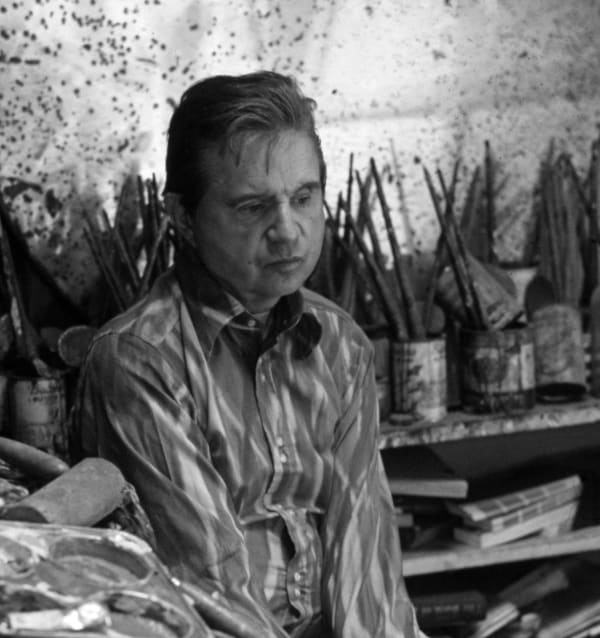-

HEAD VI, 1949
Oil on canvas, 91.4 x 76.2 cm
©The Estate of Francis Bacon, image reproduced for educational purposes only.
-
It is a miserable state of mind to have few things to desire and many things to fear.
- Francis Bacon
In these works, Bacon strips the role of its divinity and exposes the human beneath the ritual. The screaming mouth and blurred form are not acts of rebellion against religion, but a way of confronting the fear, doubt and anguish that lie beneath it. Through the popes, Bacon found a subject that allowed him to balance grandeur with torment, turning one of Western art’s most stable symbols into an image of deep psychological unrest.



